In reinforced concrete water retaining/excluding structures, a potential source of leakage or water ingress is the construction joint, and that is why water bars (also called water stops) must be provided whether there is risk of ground water or not. Water bars are barriers that are provided in construction joint of concrete structures to prevent the egress or ingress of water into the structure.
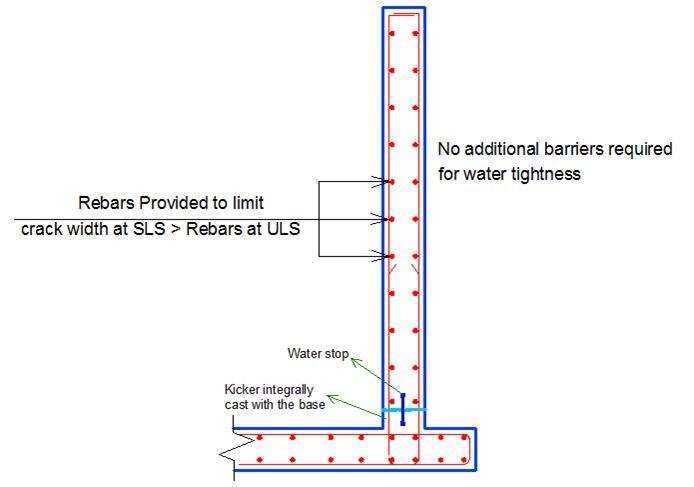
Constructions joints are usually created due to the difficulty in casting multiple members of a water retaining structure on the same day (such as casting tank base and walls on the same day). Apart providing reinforcements to limit crack width to 0.2mm and providing water stops, good workmanship is important because inadequacies such as honeycombs, poor compaction, foreign materials in the concrete, poor installation of water bars etc can compromise the entire effort.
Read Also…
Calculation of crack width and crack spacing in reinforced concrete
In the construction of tanks and swimming pools, the construction joint between the walls and the base is facilitated with the use of kickers, which are best cast monolithically with the base slab. Kickers should be at least 150 mm thick, and should incorporate the water bars. Kickerless construction can be carried out by some contractors, but that will increase the risk of water penetration. However, hydrophilic (water swellable) water bars can be used when there is no kicker, and this has performed well in construction from experience. Accurate positioning of PVC water bar is important in this case.
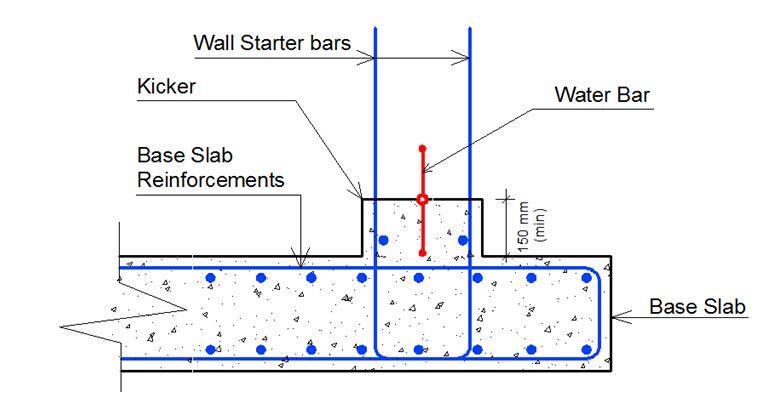
Types of Water Stops
The most popular types of water stops are;
- Preformed strips water stops
- Hydrophilic or swellable water stops
- Cementitious crystalline water stops
- Injectable water stops
(a) Preformed Strips Water Stops
Preformed strips are made of impermeable but durable materials which are embedded in the concrete during concreting. Typically they are installed at the construction joints to provide watertight seal during movements within the joint. These are popularly called water bars. Water bars are usually made of flexible PVC material or steel, with the former being more popular. However, care must taken during placement to ensure that the flexible PVC water bar does not collapse during placement of concrete. This is the advantage that steel water bar has over PVC water bar . Steel water bar is usually made of 1.5 mm thick black steel or stainless steel, which by virtue of its stiffness remains permanently in place during concreting.
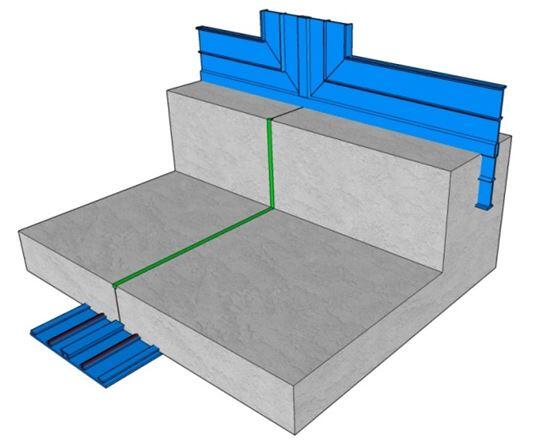
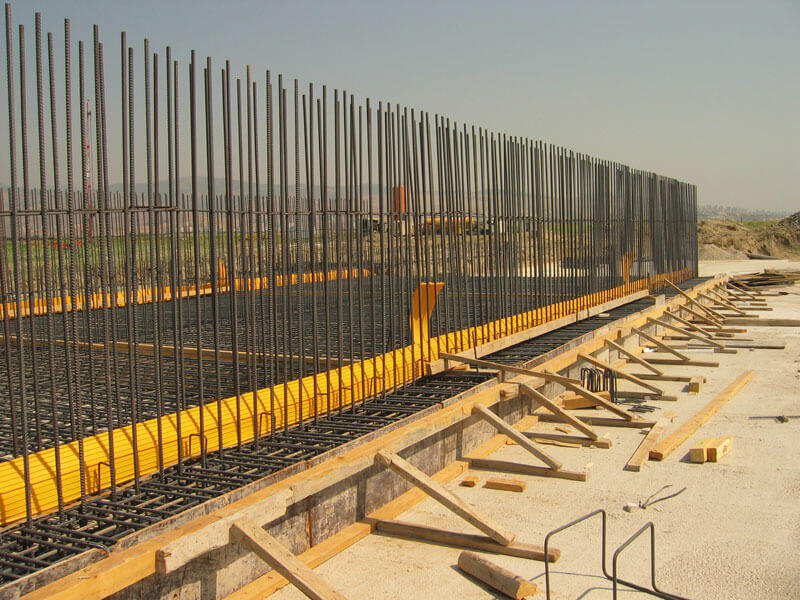
Preformed water stops are better used with kickers as described above.
(b) Hydrophilic/Swellable Water Stops
These water stops are produced with hydrophilic material which swells and develops a sealing pressure when it comes in contact with water. They are usually bonded or nailed to the old concrete before the first pour of the new concrete and their use is limited to joints where the movement is low. Swellable water bars are popular in kickerless construction.
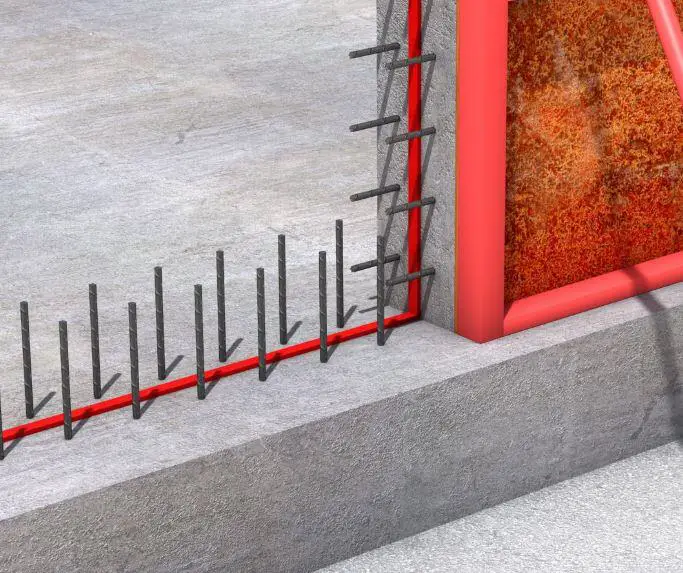
For swellable water bars to be effective, the strip must lie flush with the substrate (hardened concrete). Appropriate care must also be taken at the joints to ensure that there will be no room for water penetration.
(c) Cementitious Crystalline Water Stops
The water stopping action of this material is from salt crystallisation in the presence of water within the pores and capillaries of the concrete. They are prepared by mixing cement, fillers, and chemicals on site as slurry, which is then applied on the surface of the old concrete before pouring the new concrete. They are not suitable for use in expansion joints but construction joints only.
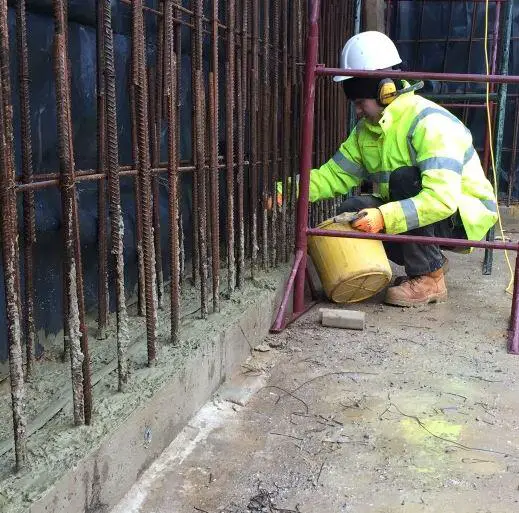
(d) Injectable Water Stops
With this method, resins or other proprietary fluid in injected under pressure through perforated or permeable hoses/tubes that have been preinstalled on the old concrete before the pour of the new concrete. This is done after temperature and shrinkage movements have stabilised sufficiently, and the resin flows out of the hose into cracks, fissures or holes in the joint, thereby sealing the water paths in the joint. This is suitable for construction joints only.
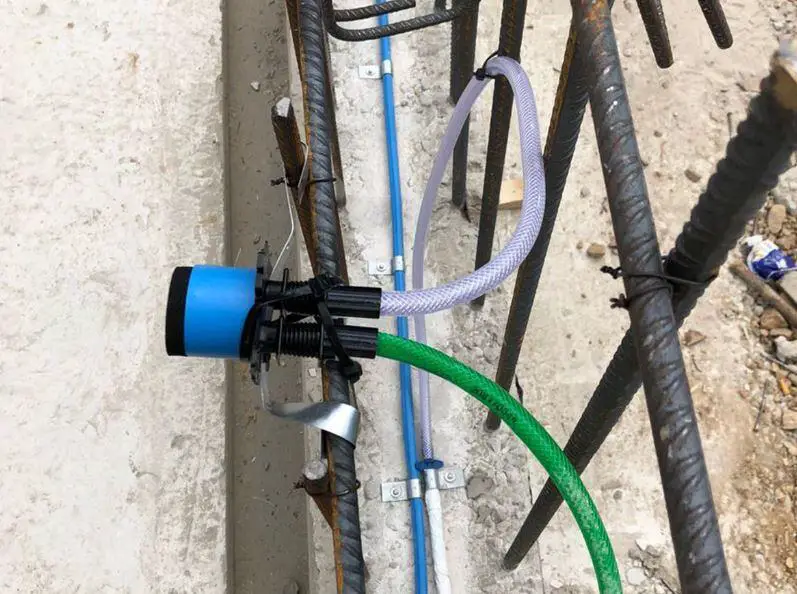

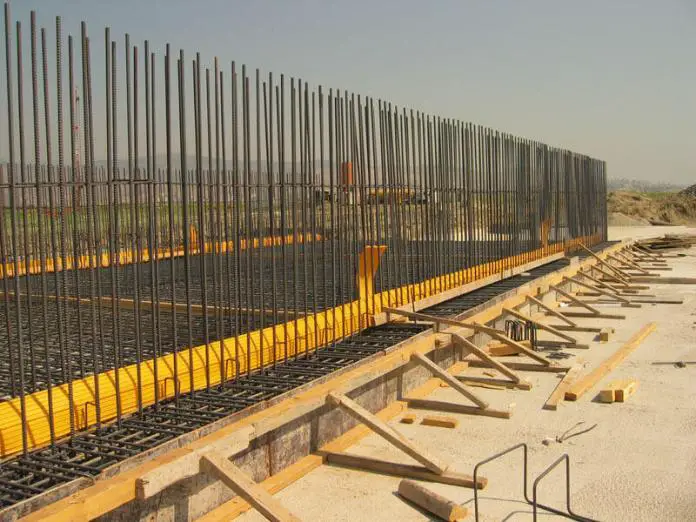









How to join water bar in under ground tank
You don’t join you can only allow for a reasonable lap say 0.75m one stretch into another.
where do i buy the swellable water stops ?